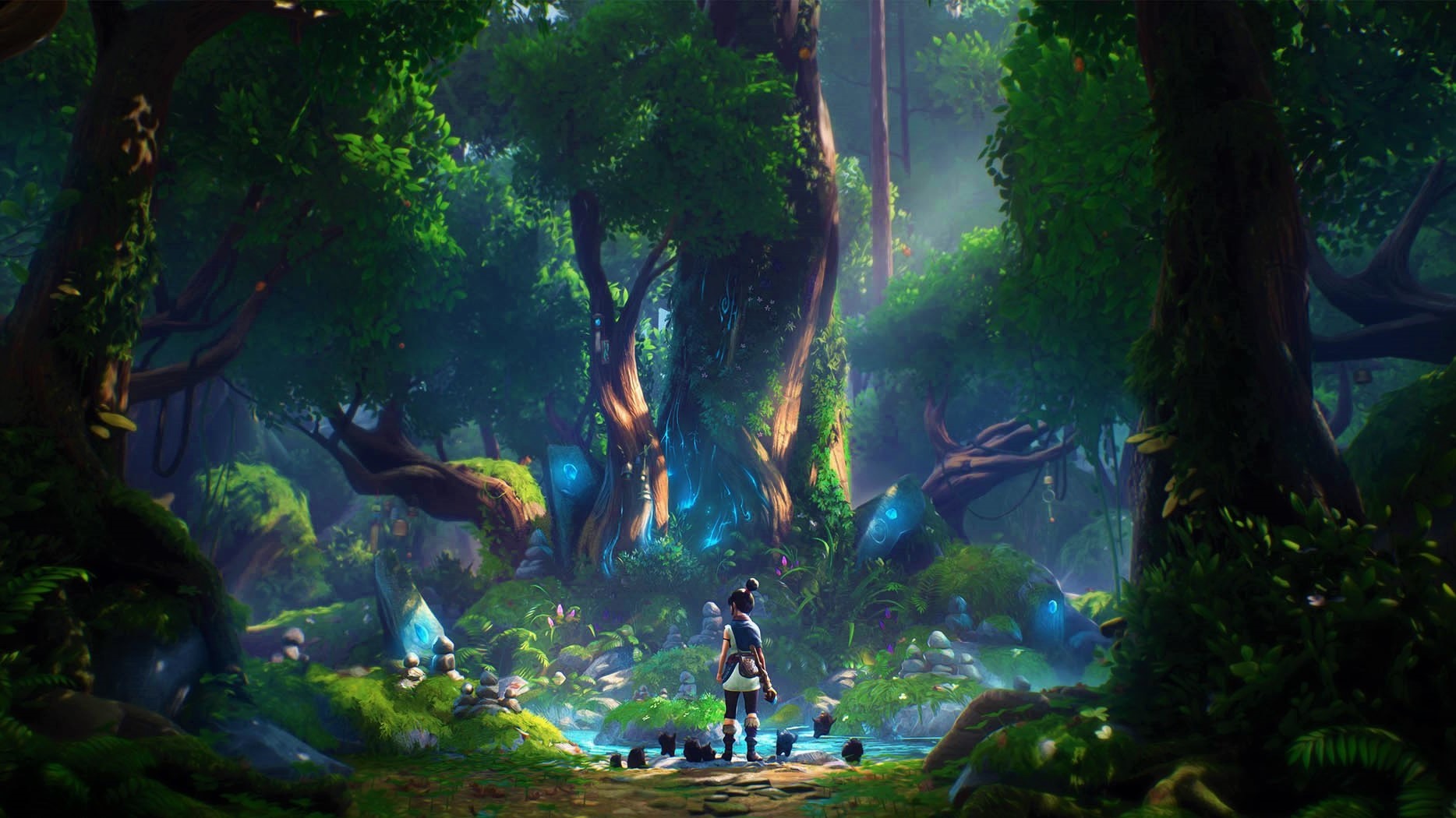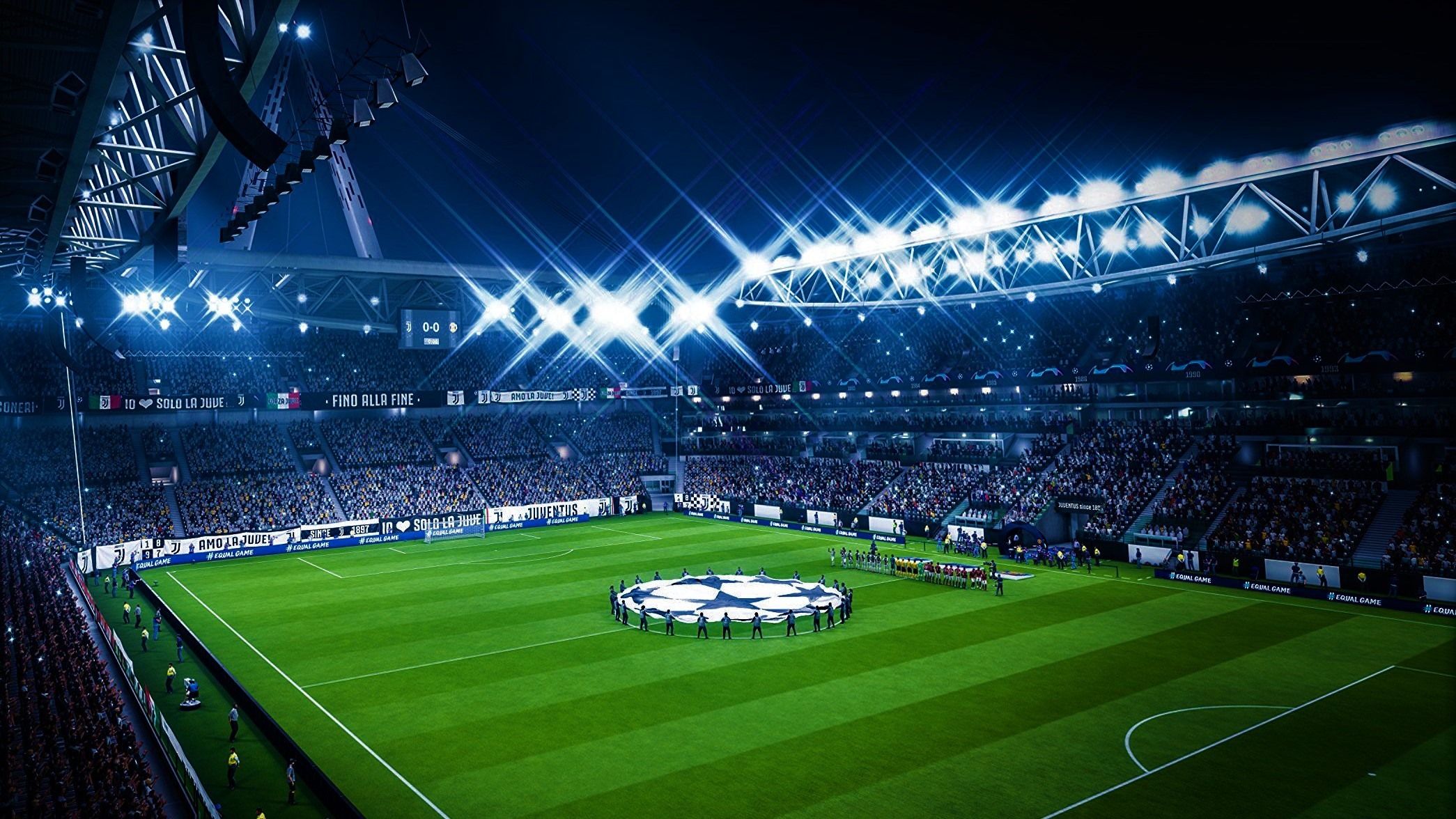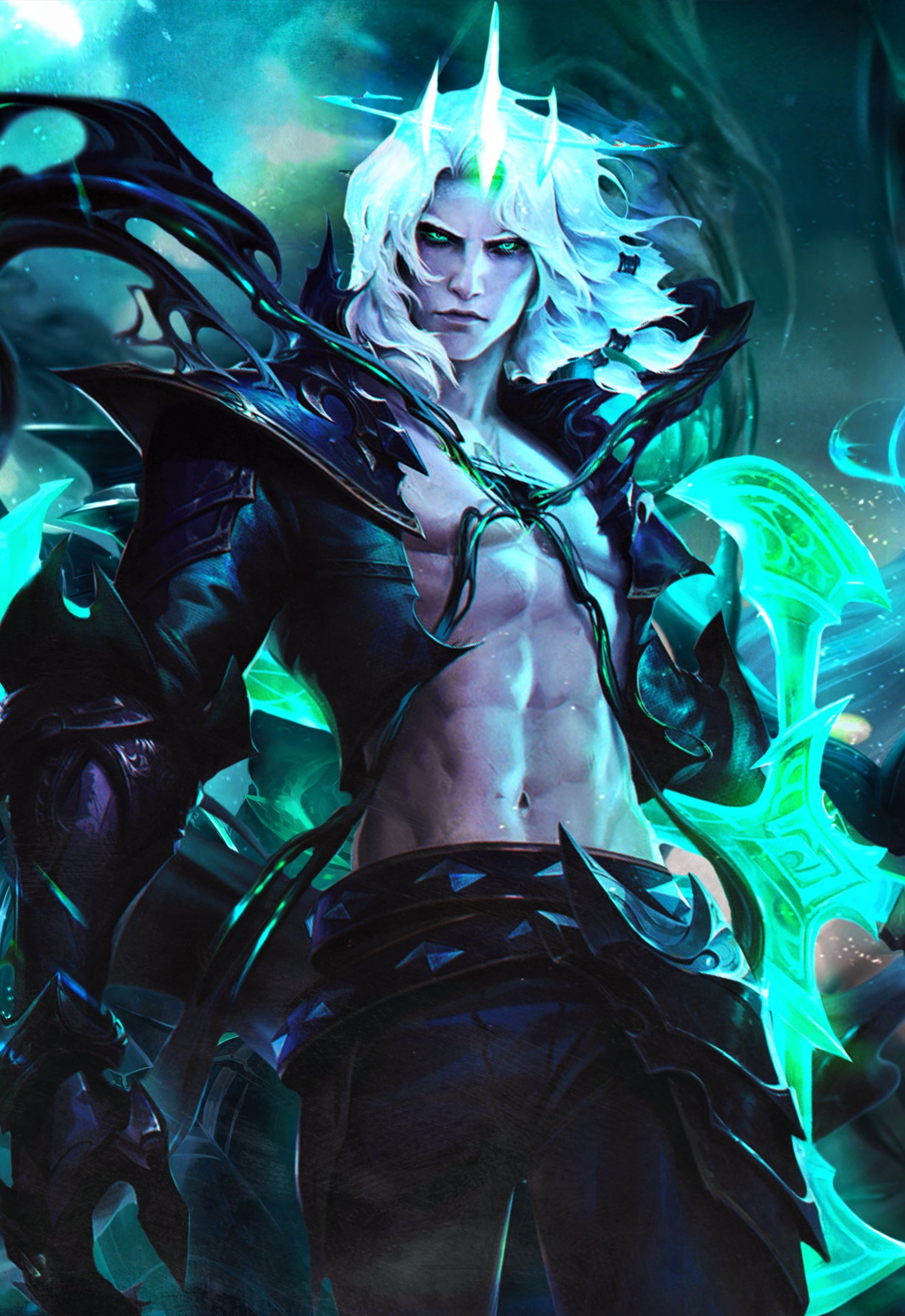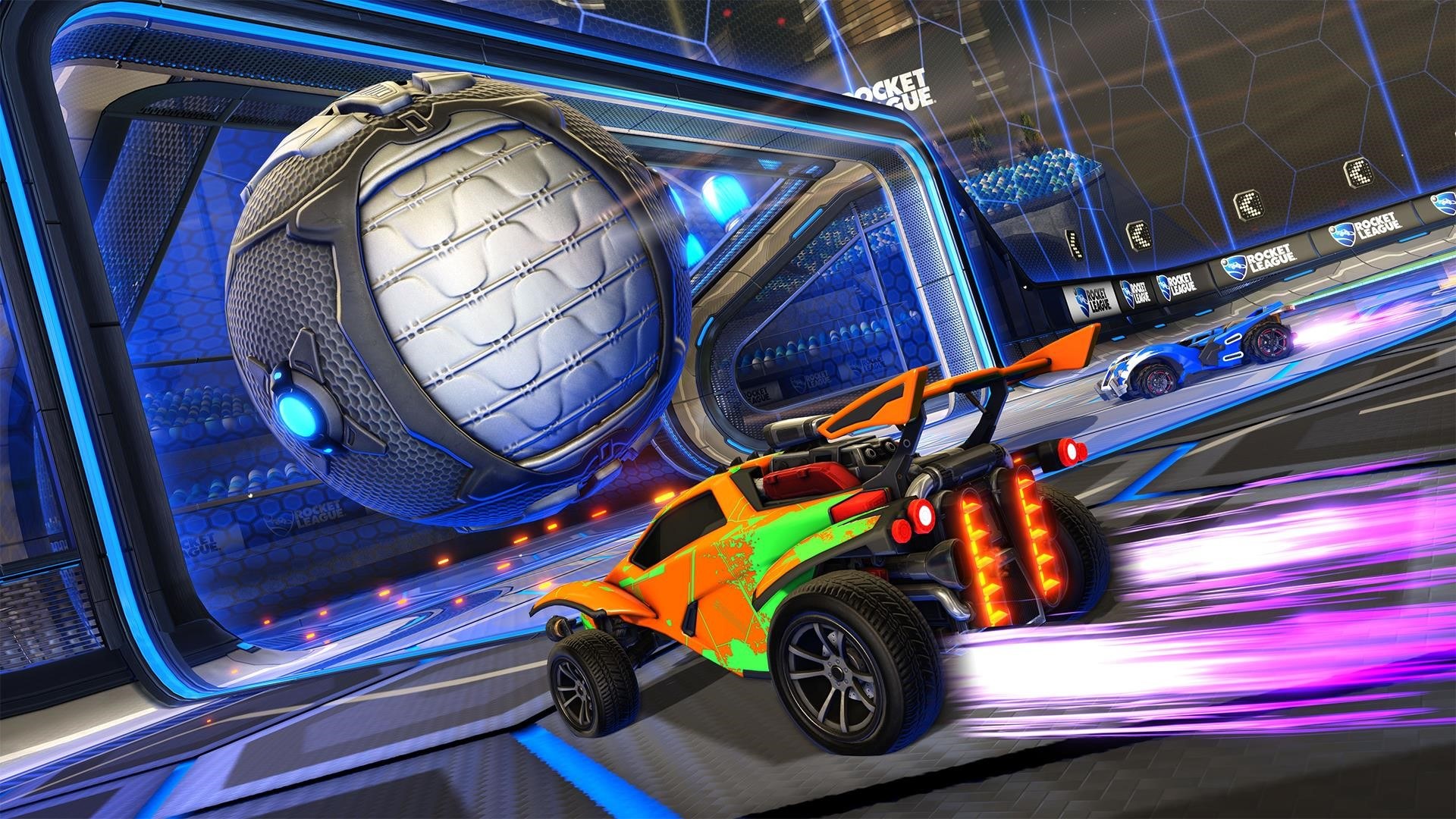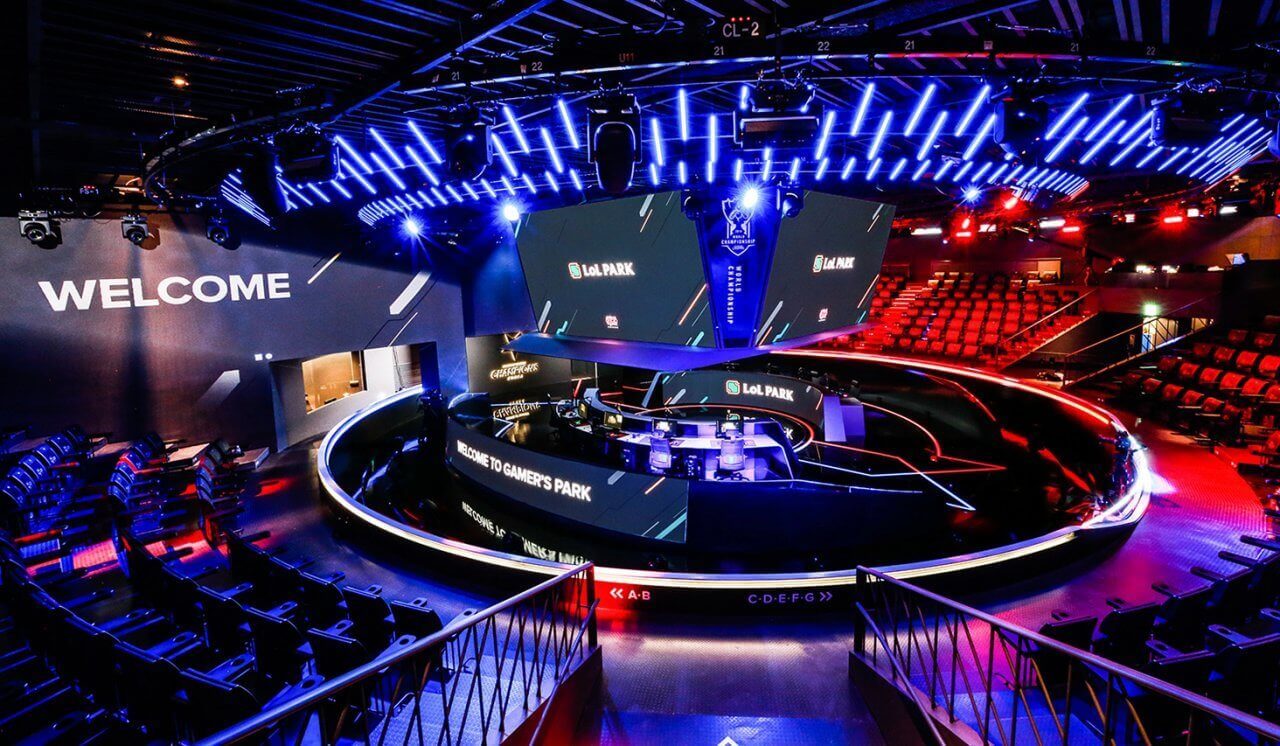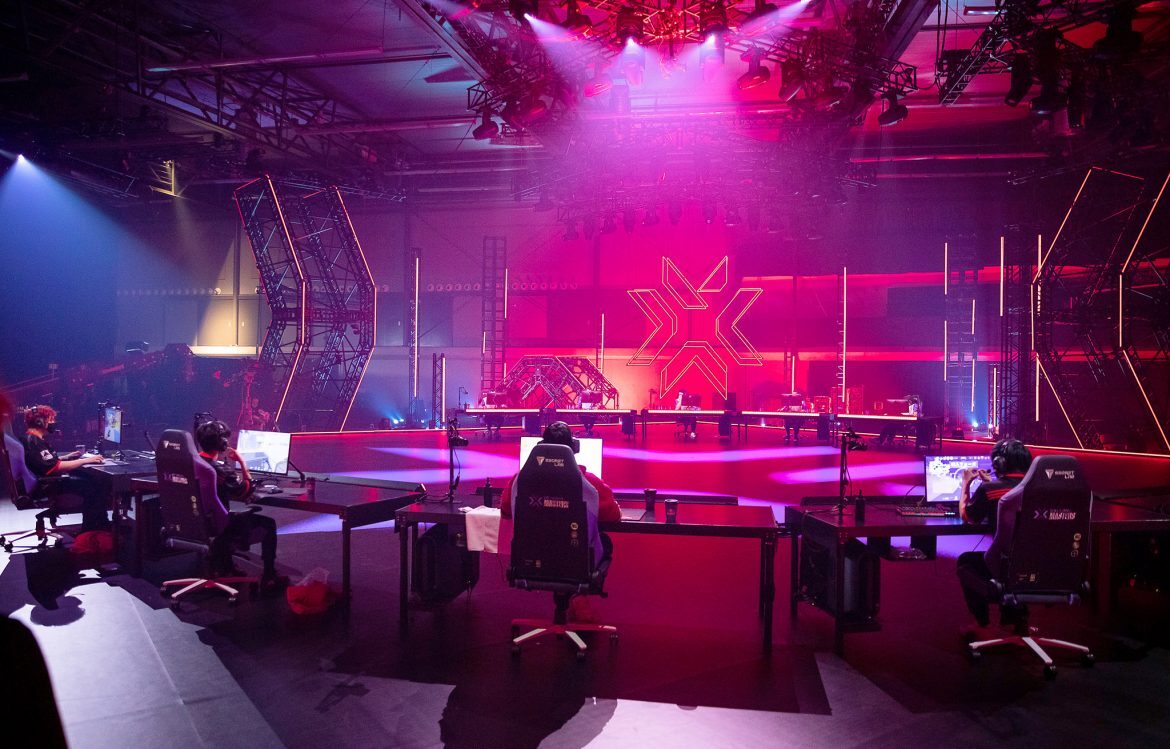
Valve have come up with an alternative qualification system for the next CS:GO Major to make up for the lack of a second Major. A new Regional Major Ranking will determine those that will qualify for ESL One Rio. Minors have fallen victim to this new introduction.
ESL One Rio extends throughout 2020
With the coronavirus rampaging through the world Valve found themselves in a peculiar position. ESL One Rio was supposed to be 2020’s first Major CS:GO tournament, but it ended up being moved to November as the first and only Major this year. CS:GO has not been left with just a single Major tournament in a calendar year since 2013 – when the first Major took place.
While the second Major could not be recovered amid a pandemic, Valve have found a way to prolong the ESL One Rio experience as much as they could. Enter Regional Major Ranking! The company’s argumentation for this new system is that they wish to confirm that teams already qualified for Rio are still in their top form. We don’t know how that makes sense as you can be in the form of your life in August and a complete wreck in October regardless of how much testing goes on, but it’s what Valve are giving us.
Today we are outlining how teams will qualify for the November Rio Major. To ensure that the Rio Major features the top teams in the world, we will require that current Legends and Challengers demonstrate that they are still in top form. More here: https://t.co/waoiarL0e1
— CS:GO (@CSGO) April 2, 2020
What is Regional Major Ranking
The company isn’t exactly sure yet of how the RMR system will work precisely, so here’s what we do know. At the end of the day, all ESL One Rio participants will get there through invitations. These invitations will be earned through the RMR point system, which will be divided into six regions – Europe, CIS, North America, South America, Asia and Oceania.
The RMR standings will be decided by a series of Valve-approved events. The requirements are simple as can be – invites for the top RMR teams and some sort of preceding qualifiers. No limitations are set besides that, so it sounds like any tournaments might be in the joint from May up until the Major in November.
Here is the distribution of invitations per region:
- Europe – 3 Legends, 5 Challengers, 2 Contenders
- CIS – 2 Legends, 1 Challenger, 2 Contenders
- North America – 3 legends, 2 Challengers, 1 Contender
- South America, Asia, Oceania – 1 Contender each
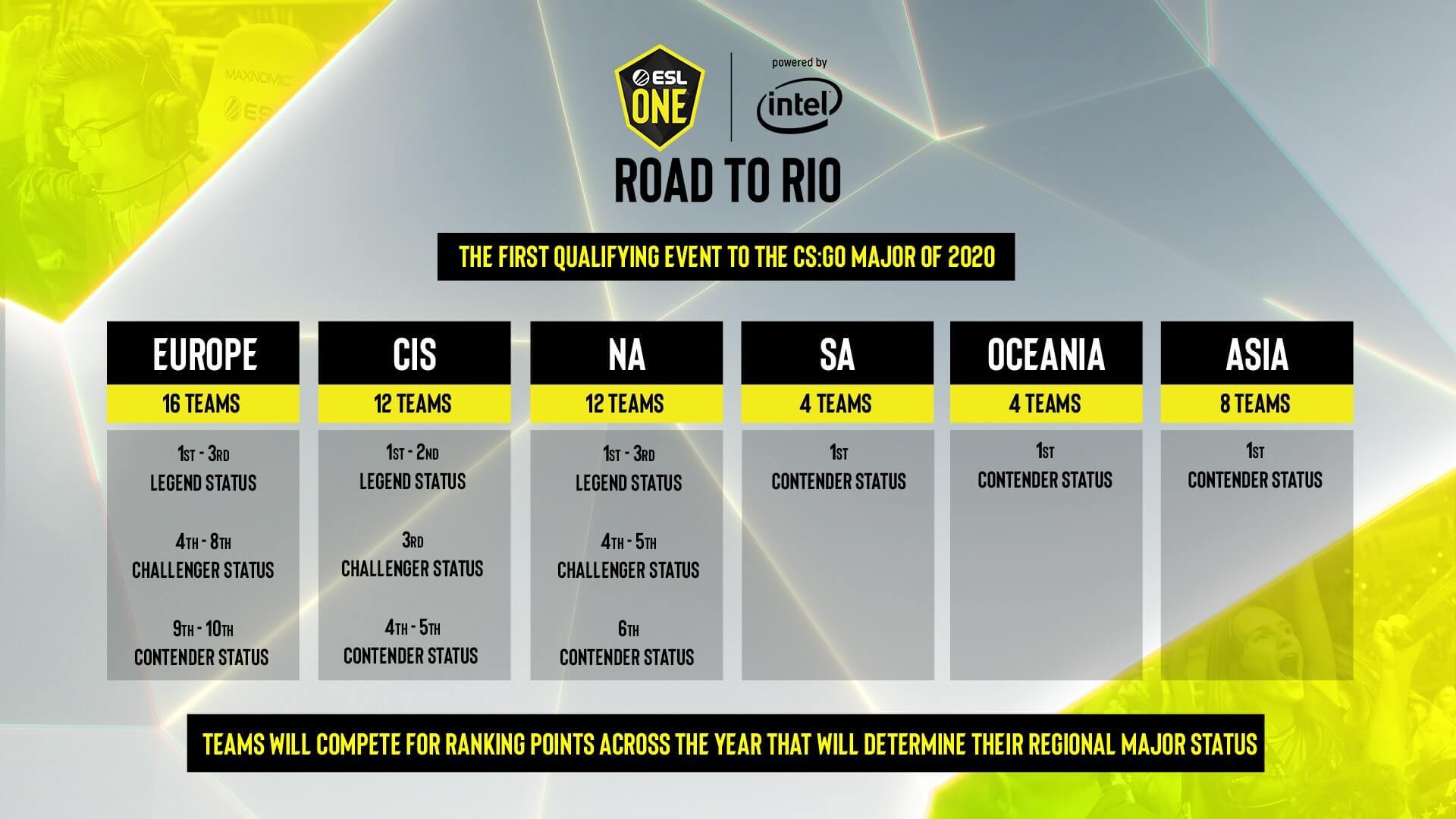
The first Regional Major Ranking event
There are a couple of RMR tournaments confirmed. They will be hosted by ESL – one in spring and one in fall. These will assimilate the intended Minor prize pools and give out $255,000 each with a minimum pool of $10,000 per region. The first of those events is named ESL One: Road to Rio and will be conducted between April 22 and May 17.
A total of 56 teams will be invited to the inaugural RMR event:
- Europe – 16 teams
- CIS – 12 teams
- North America – 12 teams
- South America – 4 teams
- Asia – 8 teams
- Oceania – 4 teams
As the initial RMR standings will be based on ESL One: Road to Rio’s outcome, this event in particular will send out invites to every team that had qualified for ESL One Rio or the regional Minors.
Last words on the Regional Major Ranking
First of all, if you’re a person of details, you can see Valve’s full statement and ESL’s announcement of ESL One: Road to Rio for yourself. Second of all, let’s have a word about all of this.
I find it hard to complain about having more Counter-Strike because quite frankly I love me some CS:GO. So I’m not going to. I promise. I’ll simply express my observations of the path CS:GO seems to be heading into. With maaaybe a little complaining, ok?
Have you noticed how things that took a weekend or a few days at most just months ago are now spread cross weeks and weeks? We have the new league formats that feel like a never-ending M. Night Shyamalan flick with a mediocre punchline. Now we get this Road to Rio thing that will be a month long and another one just like it coming in September or October most likely. Next thing you know the Major itself will be a couple of months with one Bo1 played per day.
That might sound quite alright, but it isn’t. Counter-Strike is an adrenaline-driven game. It always has been, it always will be. Taking two weeks to complete a group phase of four teams or having multiple group stages that give a team a million chances to advance, or teams playing once every five days for the sake of prolonging the procedure is Just. Not. Entertaining.
You might agree or disagree of course. Opinions are like a medical mask these days – everybody’s got one. But I think we can agree that risking the pro scene’s level of entertainment is not what you’d want to do with Valorant peeking around the corner.


